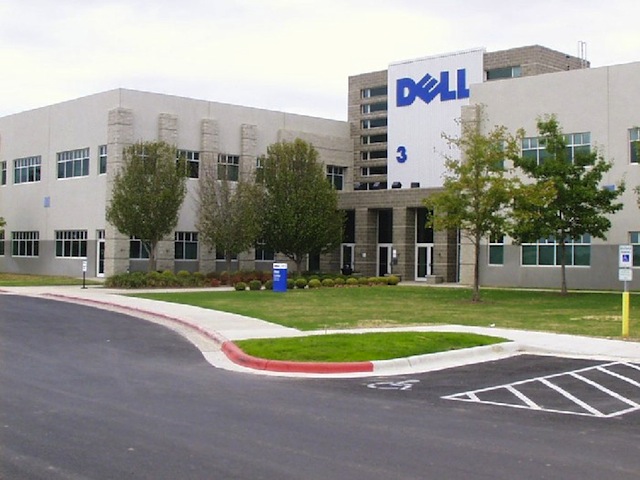One of the biggest business innovations of the late Twentieth Century was the franchising model. Now as technology changes that way of working isn’t necessarily the force it was a quarter century ago.
While the concept itself wasn’t new – The East India Company at the beginning of the Seventeen Century was a type of franchise – the model really took off in modern business with the automotive industry where different manufacturers granted franchises to their brands.
After World War II it was the fast food industry that developed the franchise model into a tightly controlled, procedure driven way of doing business.
Building the fast food franchise
The fast food franchise model worked well for everybody; for the brand, it meant they could expand without huge layouts of capital while for budding local entrepreneurs purchasing a franchise meant buying into a proven business model with a known brand name.
McDonalds was the leader in the fast food franchising sector; the company expanded across the US and then globally on the back of the procedures first developed by the founding brothers then expanded by Ray Croc as he sought to roll out an industrial scale burger chain where a cheeseburger in Arkansas tasted the same as one in Alaska.
To achieve this, he chose a unique path: persuading both franchisees and suppliers to buy into his vision, working not for McDonald’s, but for themselves, together with McDonald’s. He promoted the slogan, “In business for yourself, but not by yourself.” His philosophy was based on the simple principle of a 3-legged stool: one leg was McDonald’s, the second, the franchisees, and the third, McDonald’s suppliers. The stool was only as strong as the 3 legs.
Croc’s concept was fantastically successful as the franchisees took the operational risks and stumped up most of the capital while McDonalds providing the branding, procedures and supplies.
Many other industries, and fast food chains, copied Croc’s idea and the modern franchise model spread from hamburgers to lawn mowing to industrial safety services. During the 1970s and 80s, a smart, hard working entrepreneurs could do very well buying one of the bigger franchises.
Wobbling franchises
Around the turn of the century though that model started to wobble; during the 1990s the sharks began to move into the franchising industry with many sub-standard systems. McDonalds and the other fast food chains compounded the problem of poor performance by selling too many franchises in a mad dash for growth.
Young entrepreneurs have changed as well; rather than raising several hundred thousand dollars to pay franchise fees to be constrained by a strict set of procedures, today’s keen young go getters are more interested in the opportunities of building new businesses from scratch as startups.
Access to capital is also a problem as today its harder to raise money from a bank unless a business owner has ample home equity or other real assets to secure lending; the risk adverse nature of banks is making it harder for these capital intensive businesses.
Technological change
The killer though for the franchise model seems to have technological and social change; as consumer lifestyles and preferences changed, so too has the underlying demand for both franchises and their products.
McDonalds’ fading in the United States illustrates this change as companies like Chipotle take over from the once dominant chain as technology has made it more efficient to standardise procedures and customise food service.
Once McDonalds was an investor in Chipotle and Quartz Magazine describes how the relationship foundered with one of the key points of friction being differences over the franchising model.
“What we found at the end of the day was that culturally we’re very different,” Chipotle founder and co-CEO Steve Ells said. “There are two big things that we do differently. One is the way we approach food, and the other is the way we approach our people culture. It’s the combination of those things that I think make us successful.”
Just as technology – the automobile created the increasing suburbanisation of America – drove McDonalds’ growth so too is it now contributing to the chain’s demise as chains like Chipotle can cater to a market with different expectations and deliver a product that doesn’t need the mass production techniques of the 1950s.
As a consequence, the big procedure driven model of franchising isn’t so necessary any more. While the concept of franchising remains sound, what worked in the post World War II years isn’t so compelling today.
It’s fashionable to think of companies like newspapers as being the victims of technological change but the truth is most of the businesses we think as being dominant today are the result of advances over the last 150 years, the evolution of McDonalds and the franchising model is just another chapter.
Similar posts:








